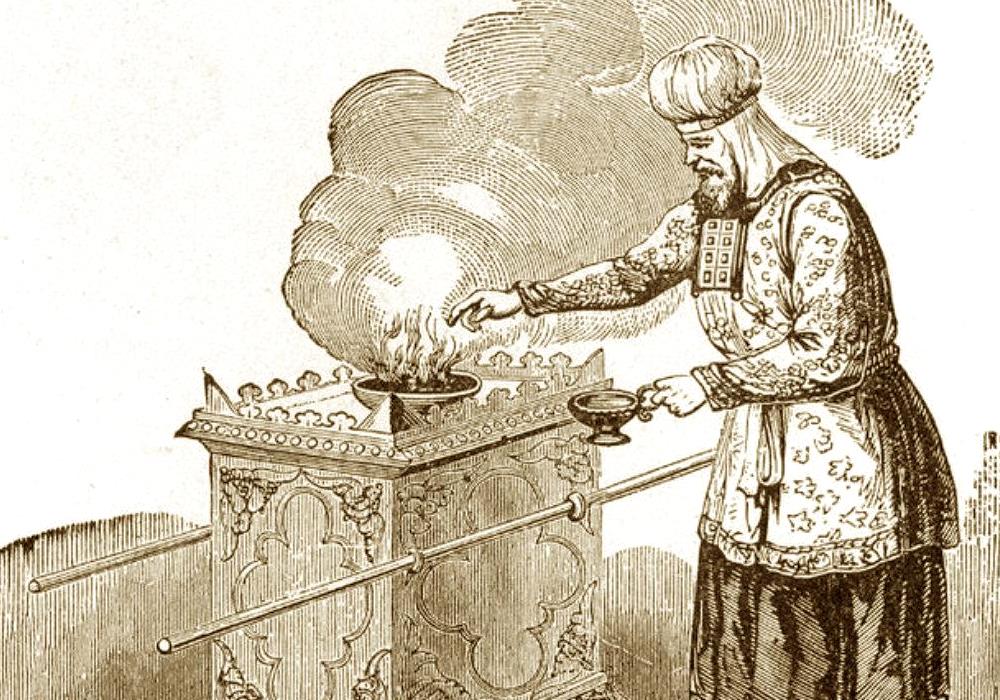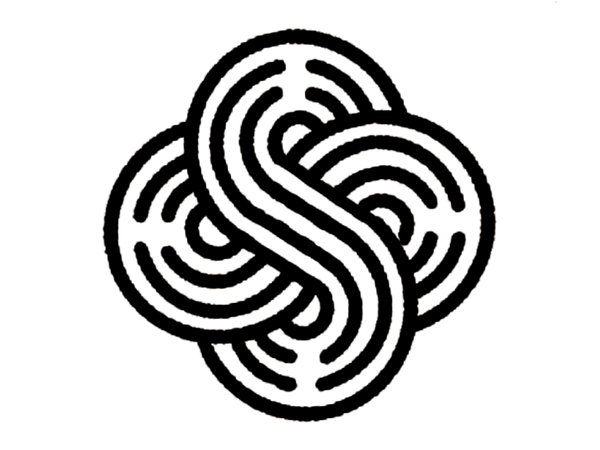
The Sacred Resin: Myths, History, and the Enduring Legacy of Omani Frankincense
Awaken To The OneShare
The Mystique of Omani Frankincense: Myths, History, and Folklore
Frankincense, especially Boswellia sacra, is much more than just an aromatic resin. Revered for millennia, it has been integral to spiritual rituals, trade, and culture across the Arabian Peninsula and beyond. One of the most coveted grades of frankincense, known as Hojari, has long been regarded as the highest quality, prized for its purity and exceptional aroma. But there’s more to frankincense than its fragrance—it’s woven deeply into the myths, history, and folklore of Oman and its people. Let’s explore the fascinating origins and enduring significance of frankincense in Oman, the stories surrounding it, and the legacy of Hojari.
The Mythical Origins of Frankincense in Oman
Frankincense is not just an incense; it's a symbol of the sacred, the divine, and the mysterious. For centuries, Oman has been known as one of the few places in the world where Boswellia sacra grows, and its resin, the precious frankincense, has been harvested from the rugged, mountainous terrain of the Dhofar region.
Legend has it that frankincense is a gift from the gods—an offering to mankind that carries with it blessings of purity and protection. One popular Omani myth speaks of a divine being who wept tears of resin, which hardened into the precious droplets of frankincense. These tears, according to the myth, were believed to have healing properties, capable of soothing pain and purifying both the body and soul. The resin’s use in rituals, especially those of worship and offerings, became a sacred tradition passed down through generations.
This reverence for frankincense also tied in with the spiritual beliefs of the region. It was said that burning frankincense would send a fragrant smoke that carried prayers and supplications to the heavens. In many ancient religions and cultures, frankincense was believed to have a direct connection to the divine, and Omani frankincense was seen as the most powerful and sacred form.
Frankincense in Ancient History: The Incense Trade
Oman’s role in the global trade of frankincense goes back thousands of years. The ancient Incense Route was a network of trade paths connecting the Arabian Peninsula with the Mediterranean, India, and Africa. Oman was at the heart of this route, and frankincense was one of its most valuable exports.
In ancient Egypt, frankincense was burned as an offering to gods, including the Sun God Ra. It was also used in the embalming process for mummies. The Romans, Greeks, and Persians also valued frankincense for its use in perfumes, medicine, and religious rituals. The journey of frankincense from Oman to these ancient civilizations was long and perilous, but its value was immeasurable, both economically and spiritually.
Omani frankincense, Boswellia sacra, became the cornerstone of Oman’s economy. Its trade helped cement Oman’s position as a powerful and respected nation in the ancient world. In fact, frankincense was so highly prized that it was sometimes exchanged for gold, and its resin was considered more valuable than precious metals in some regions.
The Fascinating Grade of Hojari: The Purest Frankincense
Among the various grades of frankincense, Hojari is considered the finest. Its quality is determined by several factors, including its color, fragrance, and texture. Hojari frankincense is light amber in color, clear, and aromatic, with a sweet, floral scent that sets it apart from other varieties of frankincense.
The best Hojari is sourced from trees that grow in the high altitudes of the Dhofar region of Oman, where the climate and soil conditions are perfect for producing the highest quality resin. The process of harvesting Hojari involves tapping the tree with great care, ensuring that the resin flows freely without harming the tree. Only the purest droplets are collected, as even the smallest impurities can affect the quality of the resin.
In ancient times, only royalty and the wealthiest members of society could afford the purest Hojari frankincense, which was burned in temples and palaces to honor the gods. Today, Hojari is still highly prized and is often used in high-end perfumes, skincare products, and essential oils, maintaining its place as one of the most luxurious and sought-after natural substances in the world.
Folklore Surrounding Frankincense in Omani Culture
Frankincense has played an integral role in Omani folklore, where it is considered a powerful tool for purification, protection, and blessing. In many Omani traditions, frankincense is burned in homes to purify the air and ward off evil spirits. It is also believed to have healing properties, used in traditional remedies to treat everything from colds and coughs to stress and anxiety.
In Oman, frankincense is often burned during special occasions, including weddings, births, and other significant life events. It is thought to bring good fortune, prosperity, and harmony to those who experience its fragrance. The ritual of burning frankincense is considered a way to invite positive energy and blessings into the home.
One common folk belief is that the smoke from frankincense can lift a person’s spirit, giving them clarity and peace of mind. In fact, the act of inhaling frankincense smoke is thought to help purify not only the air but also the body and soul, creating a sense of balance and connection to the divine.
Frankincense and Its Role in Modern Omani Life
Today, frankincense continues to be deeply woven into the fabric of Omani culture. It is still burned during religious ceremonies and special events, and its importance remains unchanged from ancient times. However, frankincense is no longer just a ceremonial item—it has found its place in modern wellness trends, particularly in the form of essential oils and natural skincare products.
Many Omani artisans still harvest frankincense using traditional methods passed down through generations. The resin is carefully tapped from the Boswellia trees, a process that is not only an art but also a source of income for many local communities. As global interest in natural and sustainable products grows, frankincense has become a symbol of Oman's dedication to preserving its cultural heritage while adapting to the needs of the modern world.
Conclusion: The Enduring Legacy of Frankincense in Oman
Frankincense, and particularly Boswellia sacra, is much more than an incense. It is a symbol of Oman's deep spiritual roots, its historical trade legacy, and its ongoing commitment to sustainability and cultural preservation. The myths, history, and folklore surrounding frankincense only add to its mystique, making it not just a fragrance, but a timeless gift from nature.
Whether used in religious rituals, as a luxury in perfumery, or as a modern wellness tool, frankincense remains a treasured part of Oman’s identity, connecting past, present, and future. The highest grade of frankincense, Hojari, stands as a testament to the enduring allure and sacred significance of this remarkable resin, a true gift of the earth.
